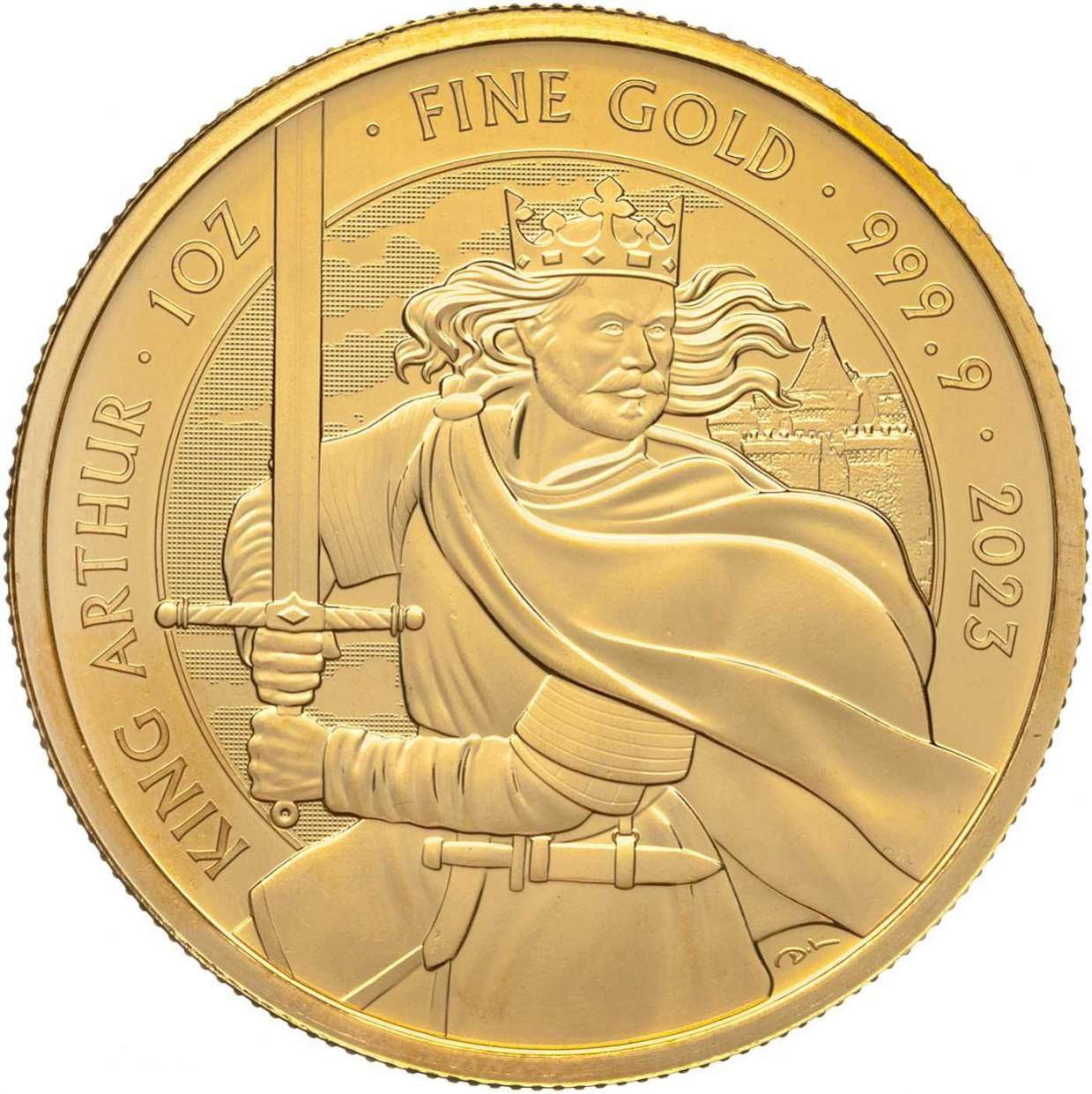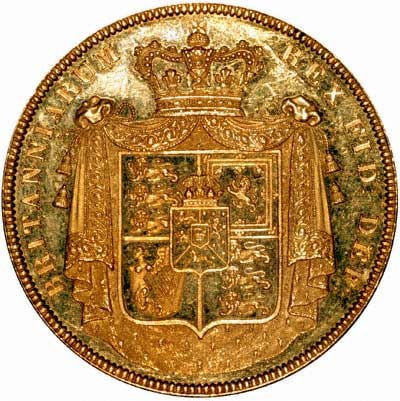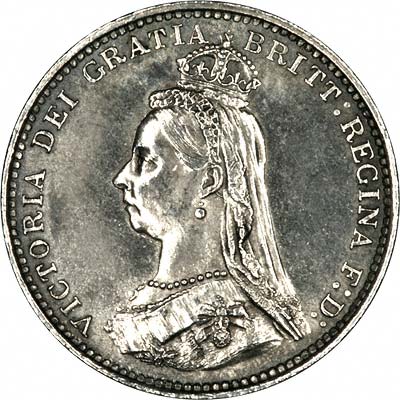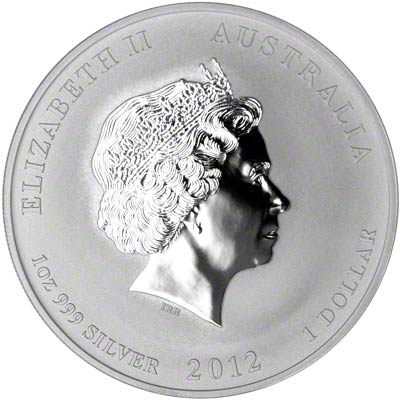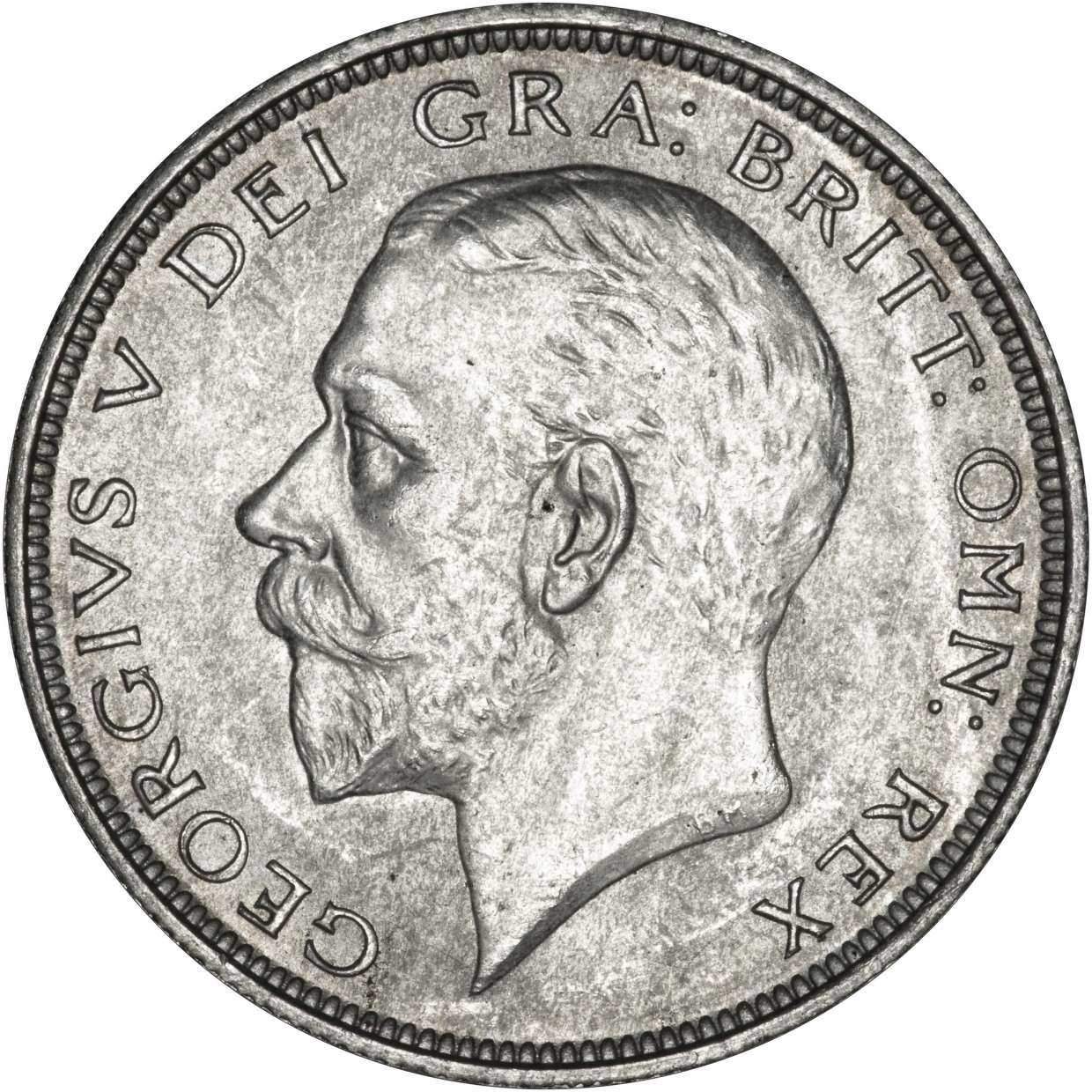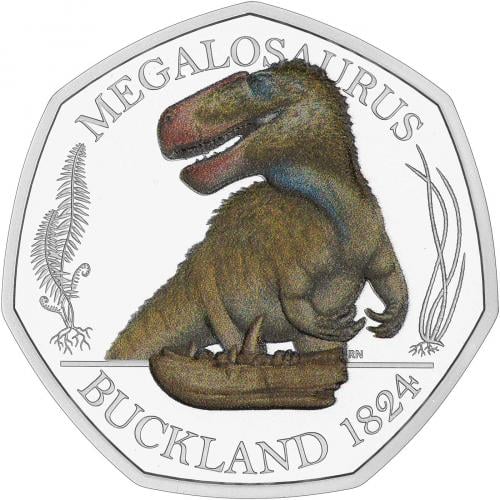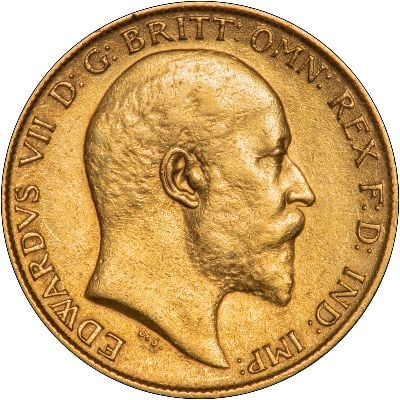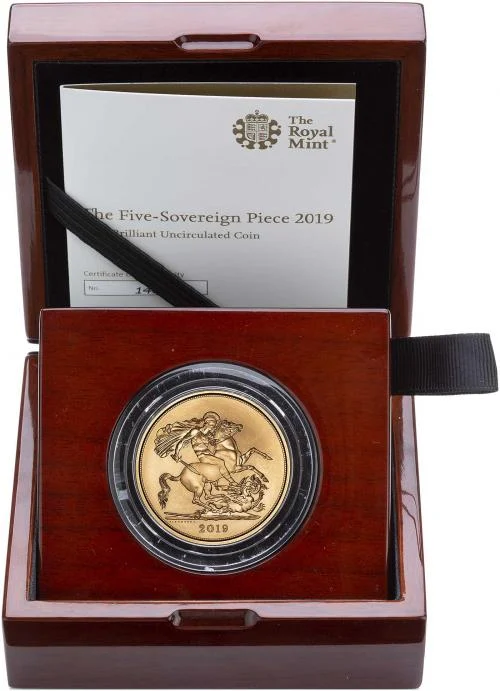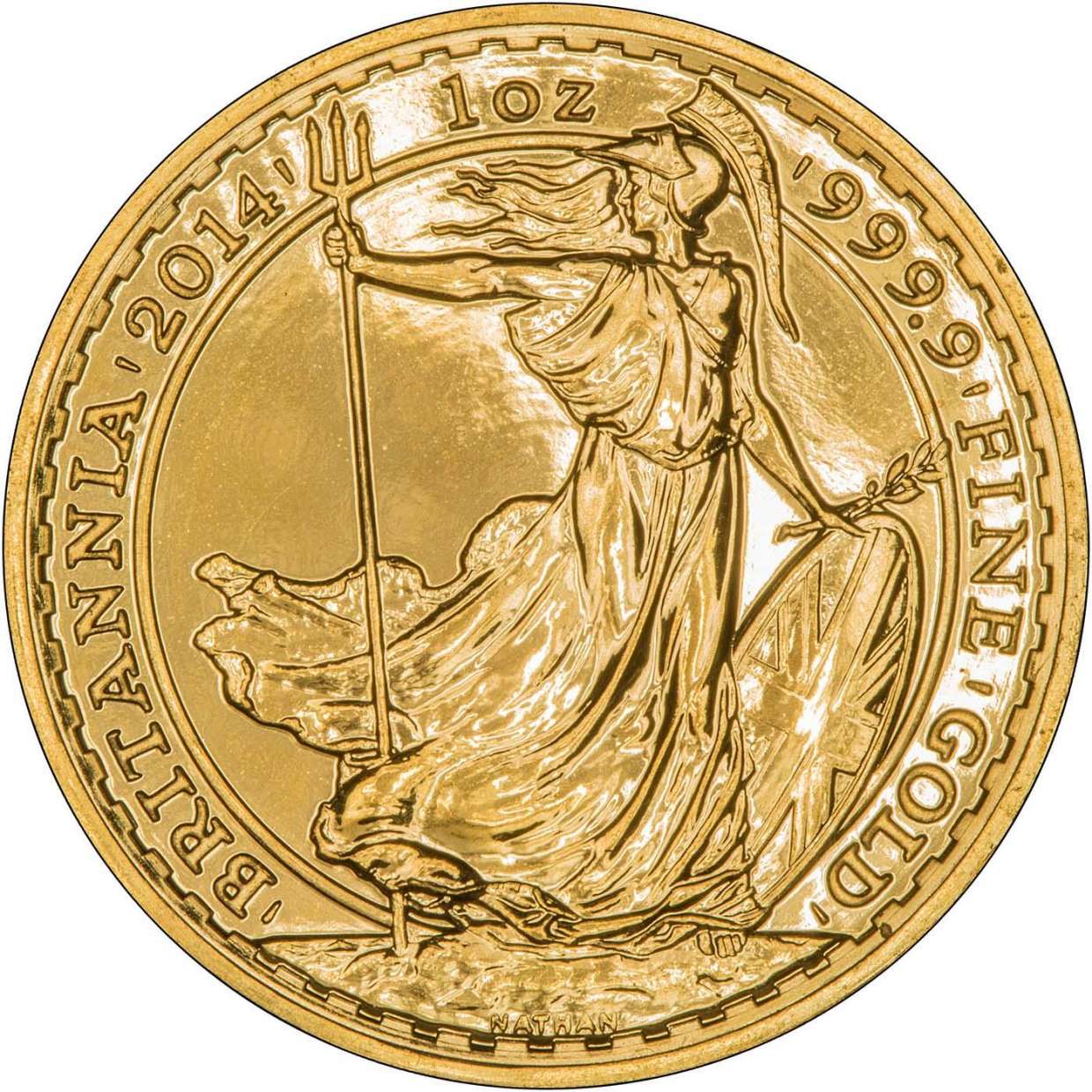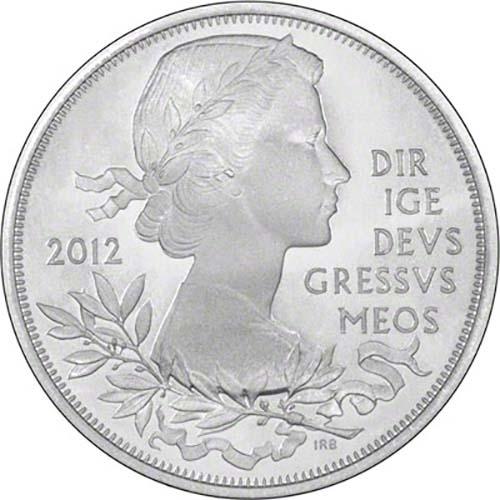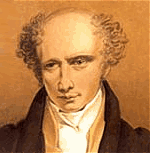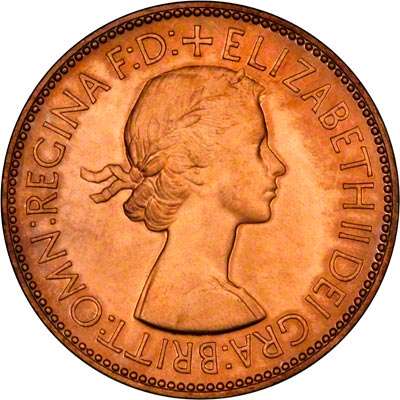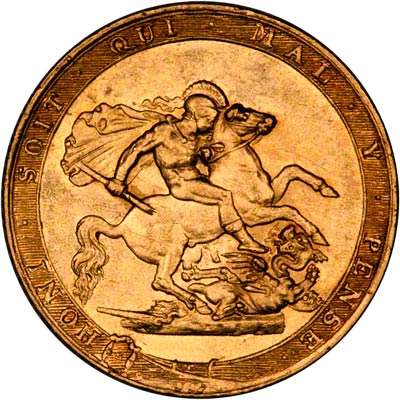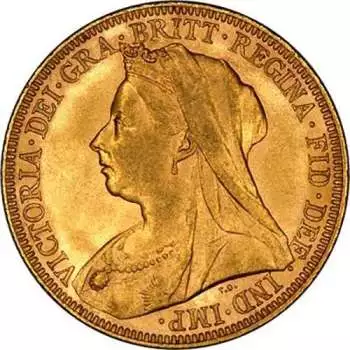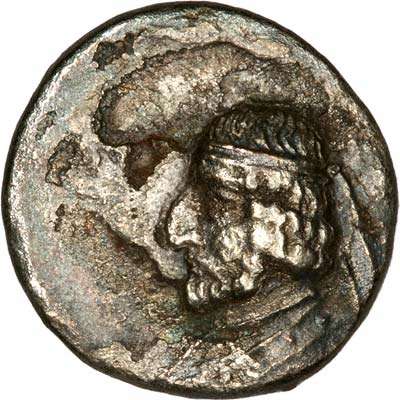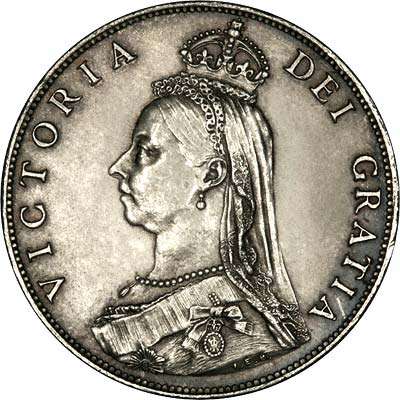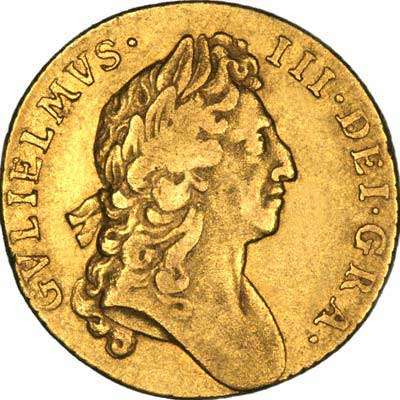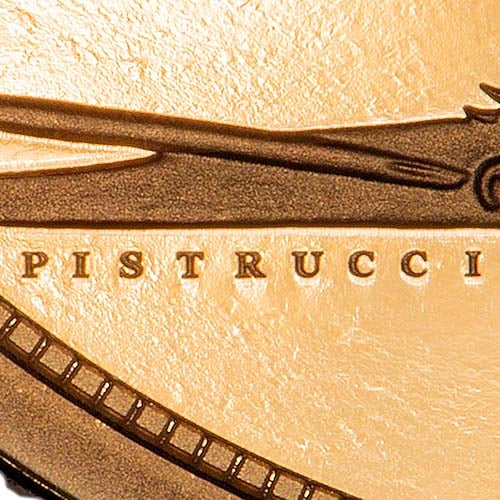Common Names of British Coin Denominations
Synopsis
Common names of British coin denominations.
Numismatic Etymology for the Bewildered - I keep seeing questions, mainly from our American friends, about the common names of British coins, or about the £, s., or d. in "£.s.d." Actually, I have already covered many of these points in our other coin FAQ page British Coin Denominations However the purpose of that page was to present a complete list of denominations with first and last dates, and values. It was never intended to answer questions about common names. So, in an effort to be helpful and informative as ever, here goes with a list of common names. If you end up more confused than you started, don't blame me!
First - £.s.d
The £ sign stands for the Latin word "libra" meaning pound, and also means pound in British money. The "s." stands for the Latin "solidus", which might not sound to be connected to "shilling", but actually is. I am still working on the etymology, but it appears that a solidus mark or a scilling (in old English possibly from Norse or old German) mark was a mark or notch made in a length of metal wire to enable it to be divided into convenient regular sized pieces. Therefore the English word shilling appears to be directly related to the word solidus. So the "s." means shilling(s). The "d." stands for the Latin "denarius", which evolved to the French "denier". The British penny descended from both, so that the "d." means penny. The rest is quite easy!
Slang
"Bob" is slang for shilling. A "crown" was originally five shillings, originally being a gold coin issued during the reign of Henry VIII in 1544. It became a silver coin in 1551under his son Edward VI. It remained as a five shilling piece or coin until decimalisation is 1971. It even survived decimalisation to become a twenty five pence coin, struck for commemorative purposes in 1972, 1977, 1980, and 1981. With the issue of 1990 for the Queen Mother's 90th birthday, it had been very quietly decided to make a five pound coin of the same size and format as the old crown, and that it would continue to be known as a crown. This was sensible enough, because many world coins are known as "crown sized coins" or simply "crowns", although to the American mind they will probably be termed "dollar sized coins". Crowns would be referred to as "five bob". Actually, the change in face value confuses many British folk, who now frequently believe the old five shilling or twenty five pence coins to be worth five pounds. sometimes they even inform us that we are wrong! A halfcrown or sometimes "half-a-crown" is, as its name implies, valued at half the face value of an old five shilling piece, so was worth two shillings and sixpence. A halfcrown might also be referred to as "two and a kick", although I do not know the precise origin, i suspect it may be from (Cockney) rhyming slang meaning "two and six", i.e. two shillings and six pence. I should further explain that the "shillings" part was often omitted in everyday speech, so that "two shillings and three pence" would be abbreviated to "two and three" or "two and threepence". A quid is slang for a pound, a sovereign, or at times a guinea. According to our copy of Oxford English Dictionary, the earliest known usage was 1688 by Shadwell "Let me equip thee with a quid". The expression "quids in" means in profit or in luck. "The full quid" means in full possession of ones faculties. The plural is usually quid without an additional "s".
Pre-Decimal System
This may be a good time to explain our basic pre-decimal coinage system. The basic unit of currency was, and still is, the pound, or the pound sterling.
- There were twenty (20) shillings per pound.
- The shilling was subdivided into twelve (12) pennies.
- There were therefore two hundred and forty (240) pennies per pound.
- The penny was further sub-divided into two halfpennies or four farthings (quarter pennies).
Other Denominations
Like most other countries, there were intermediate denominations:-
- Threepences are self explanatory, being worth three pence. They were struck in silver until 1944, and in nickel-brass (referred to as brass) from 1937. The common name for the old silver threepences was "Joey". The word threepence would often be pronounced as though there was only a single middle "e", therefore "thre-pence".
- Sixpences again are self explanatory, being worth six pence. They were also known as tanners.
- Florins or two shilling pieces were, just as obviously worth two shillings, and would also be referred to as "two bob".
- Ten shilling notes were in use from the time of the first world war, replacing the half sovereign, which had a value of ten shillings, but was never referred to as a "ten shilling coin", always "half sovereign", although the amount it represented would be expressed as "ten shillings" (or ten bob).
- Up to World War I, the gold sovereign was the primary high value coin in circulation, but again the amount of money it represented would be referred to as a pound. It was effectively replaced by a banknote from this time.
- Two pound pieces did not generally circulate, and were only issued on special occasions.
- Five pound coins also did not enter regular circulation, and were only issued on special occasions.
- The guinea came into being because of fluctuations in gold and silver bullion values. A guinea coin was issued between 1663 and 1813. Even after guinea coins ceased to circulate, the term guinea remained in use as a unit of value or account. It had a value of twenty one (21) shillings, or one pound and one shilling.
Marks and Euros
If this last fact seems surprising, then it is worth remembering that there existed a unit of account during medieval times known as a "mark". Its value was two thirds of a pound, or thirteen shillings and four pence. Some British coins had a value of thirteen shillings and four pence, but were never known as a mark. If the reader still finds this difficult to comprehend ( a fictional unit of account), consider the Euro. In eleven member states of the European Union, the Euro can be used as a unit of account, with a fixed exchange rate against all the member currencies. The Euro came into existence on January 1st 1999. There are however no "Euro" coins or notes, and none are planned before 2002 at the earliest! So it is possible to write a cheque (check), or have a bank account, invoice or contract in Euros, but the coin itself does not exist.
Plurals
The plural of penny is pence when referring to an amount of money, but pennies would still be correct when referring to two actual coins. A coin worth three pennies is therefore correctly called a threepence. Similarly a coin of face value six pennies is correctly called a sixpence. The plural of "bob" is "bob" and not "bobs".
Written Prices
Amounts of money could be written is several different ways:
- One pound, ten shillings, and sixpence could be written £1/10/6, £1/10/6d but the "d" here would normally be omitted. It could also be written as 30/6, or 30/6d, the "d" being added here to clarify that money was being referred to. Normally if the "£" symbol was used, then the "d" symbol would be omitted.
- Seventeen shillings and six pence would be written 17/6, or 17/6d.
For some strange reason, after decimalisation, most people started referring orally to pennies or pence as "pea", obviously this originated from a conscious effort to differentiate between "old" and "new" pence during the changeover period.
Omissions
I feel certain to have omitted something from this list, so please let me know if you still have any queries - thanks!
If you want to find the value of a coin you own, please take a look at our page I've Found An Old Coin, What's It Worth?
You may wish to visit some of our other pages:-
British Coin Denominations. What is a Groat, etc.
Current British Base Metal Coins
Gold Sovereign Dates
Grading Coins For Condition
Inscriptions on British Coins
Mintmarks on British Coins
Numismatic Terminology & Jargon
Silver Content of British Coins
Why Does an Old Coin Cost Less Than a New Coin?
Related Blog Articles
This guide and its content is copyright of Chard (1964) Ltd - © Chard (1964) Ltd 2024. All rights reserved. Any redistribution or reproduction of part or all of the contents in any form is prohibited.
We are not financial advisers and we would always recommend that you consult with one prior to making any investment decision.
You can read more about copyright or our advice disclaimer on these links.

